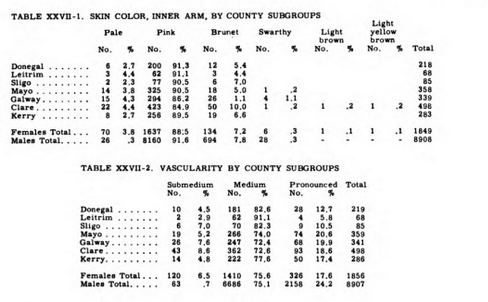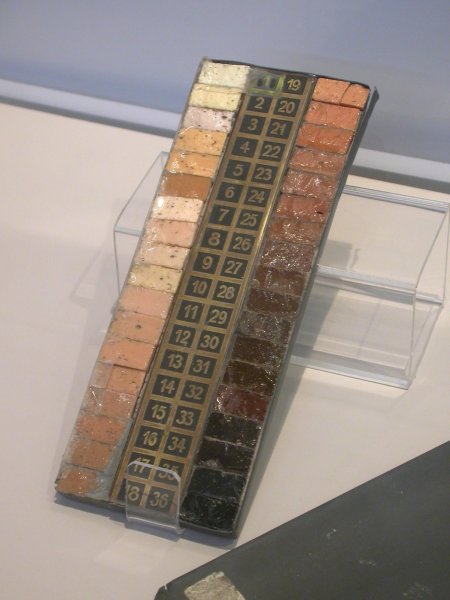Tautalus
Regular member
- Messages
- 243
- Reaction score
- 279
- Points
- 63
- Ethnic group
- Portuguese
- Y-DNA haplogroup
- I2-M223 / I-FTB15368
- mtDNA haplogroup
- H6a1b2
The Portuguese phenotype is diverse in terms of skin pigmentation, hair and eye color. In terms of skin pigmentation, it ranges from olive to fair skin. In terms of hair color, it ranges from black hair to blond and even redhead. In terms of eye color, it ranges from dark brown to hazel, blue and green. In this range the extremes do not represent the majority of the population. The majority of the population has light beige to moderately fair skin, dark brown hair and brown eyes. This site presents some of the Portuguese phenotypes in this range.

The Phenotype of the Portuguese
Portuguese people, Portuguese phenotype, People of Portugal, Portuguese, Images of Portuguese people, Portuguese people characteristics, Typical Portuguese person, Portuguese people from Portugal, Portuguese Anthropology, Are Portuguese people White? What Race are Portuguese people, How do...portuguesephenotype.blogspot.com
Last edited:






